Canada boasts one of the strongest financial sectors worldwide.
Canada’s banking sector have the reputation of doing well during bearish market environments, such as during the 2008 financial crisis.
If you’re keen on investing in the sector, here’s a guide to the best Canadian financial ETFs; you can see if it’s a good fit for your portfolio.
Best Canadian Financial ETFs
This list will also include a US financial ETF listed on a Canadian stock exchange, so you can also consider a financial instrument that gives you exposure to the performance of US banks.
1. BMO Equal Weight Banks Index ETF (ZEB)
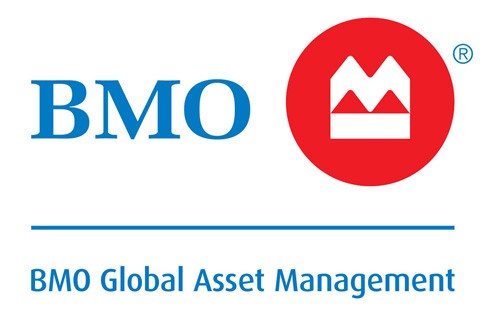
- Ticker: ZEB.TO
- Inception Date: October 20, 2009
- Assets Under Management: $2.99 billion
- Management Expense Ratio: 0.28%
- Management Fee: 0.25%
- Stock Price: $33.94
- YTD Return: -1.84%
BMO Equal Weight Banks Index ETF (ZEB) is a fund that emulates the performance of the Solactive Equal Weight Canada Banks Index.
ZEB ETF invests in and holds securities in proportion to how they are held by the underlying index. The Solactive Equal Weight Canada Banks Index focuses on investing in Canada-listed securities in the country’s banking industry.
Investing in ZEB ETF offers you exposure to the performance of the Big Six Canadian banks in the form of a single financial instrument.
ZEB ETF does not allocate assets to its holdings based on the market cap of each bank stock. Instead, it focuses on offering almost equal weighting across all six.
The fund’s top holding is the National Bank of Canada, with 17.72% of its asset allocation. Royal Bank of Canada comes in second, with 17.40%. Bank of Montreal comes in at third, accounting for 16.54% of its asset allocation.
ZEB ETF is one of the lowest-cost funds on this list, with an MER of 0.28%.
2. CI Canadian Banks Income Class ETF (CIC)

- Ticker: CIC.TO
- Inception Date: August 18, 2010
- Assets Under Management: $181.74 million
- Management Expense Ratio: 0.81%
- Management Fee: 0.65%
- Stock Price: $10.39
- YTD Return: -1.57%
CI Canadian Banks Income Class ETF (CIC) is a fund that emulates the performance of the S&P/TSX Equal Weight Diversified Banks Index.
CIC ETF also sells call options on 25% or less of the common shares of each banking stock held in the portfolio. CIC ETF invests in and holds assets based on how they are held in the S&P/TSX Equal Weight Diversified Banks Index.
The underlying index holds the top six banks with an equal weighting instead of basing it on their market capitalizations.
Investing in CIC ETF offers you equal-weighted exposure to the Big Six banks while offering you distributions enhanced through the fund manager’s covered calls strategy, making it more expensive with an MER of 0.81%.
The fund’s top holding is the Royal Bank of Canada, with 16.95% of its asset allocation. Bank of Montreal comes in second, with 16.74% of its asset allocation. National Bank of Canada is third, accounting for 16.73% of its asset allocation.
3. BMO Covered Call Canadian Banks ETF (ZWB)

- Ticker: ZWB.TO
- Inception Date: January 28, 2011
- Assets Under Management: $2.72 billion
- Management Expense Ratio: 0.71%
- Management Fee: 0.65%
- Stock Price: $17.19
- YTD Return: -1.34%
BMO Covered Call Canadian Banks ETF (ZWB) is a fund that tracks the performance of the Big Six Canadian banks while enhancing your returns through call option premiums.
ZWB ETF is a fund of funds that holds ZEB ETF as one of its primary holdings, and it dynamically writes covered call options for its constituent securities.
The fund manager writes call options out of the money and selects them based on analyzing the option’s implied volatility.
The actively-managed fund is a more expensive way to gain exposure to returns from the Canadian banking sector’s performance, with an MER of 0.72%. However, it can provide enhanced returns through its covered call strategy.
ZWB ETF’s top holding is BMO Equal Weights Bank ETF, accounting for 24.43% of its asset allocation. National Bank of Canada stock comes in second, accounting for 13.44% of its asset allocation. Royal Bank of Canada comes in third, accounting for 13.20% of its asset allocation.
4. RBC Canadian Bank Yield Index ETF (RBNK)
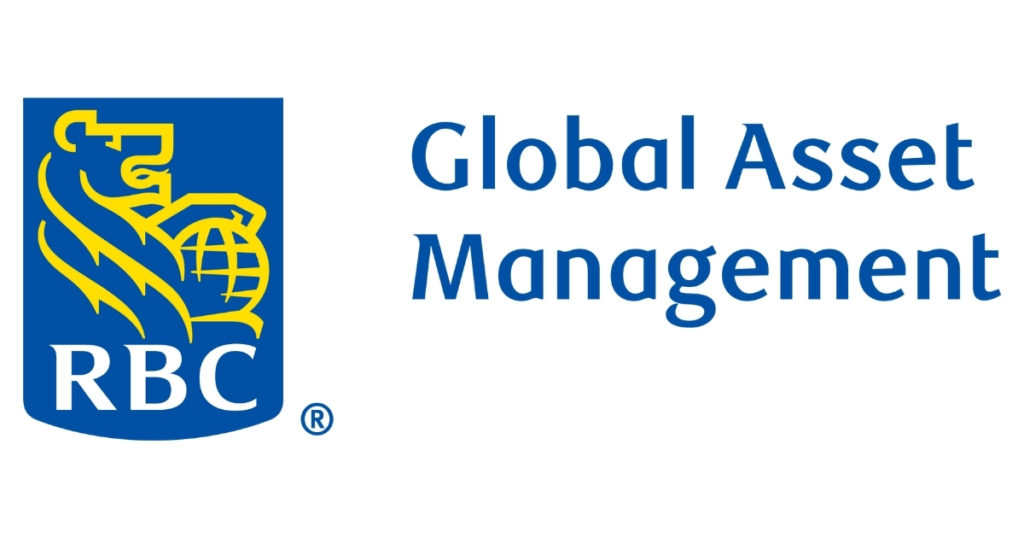
- Ticker: RBNK.TO
- Inception Date: January 28, 2011
- Assets Under Management: $266.89 Million
- Management Expense Ratio: 0.33%
- Management Fee: 0.29%
- Stock Price: $22.97
- YTD Return: -2.37%
RBC Canadian Bank Yield Index ETF (RBNK) is a fund emulates the performance of the Solactive Canada Bank Yield Index.
RBNK ETF invests in and holds securities in the proportion they are held in the underlying index. The fund focuses on providing you with exposure to the performance of a portfolio of Canadian bank stocks.
Solactive Canada Bank Yield Index tracks the performance of the Big Six Canadian banks.
]Investing in RBNK ETF offers you a narrow exposure to the top financial institutions in the country. The portfolio is weighted based on each constituent security’s indicated dividend yield instead of market capitalization. RBNK ETF comes with an MER of 0.33%.
The fund’s top holding is Canadian Imperial Bank of Commerce, accounting for 25.0% of its asset allocation. Bank of Nova Scotia comes in second, with 25.0% of its allocation. TD Bank is its third-largest holding, accounting for 16.6% of its asset allocation.
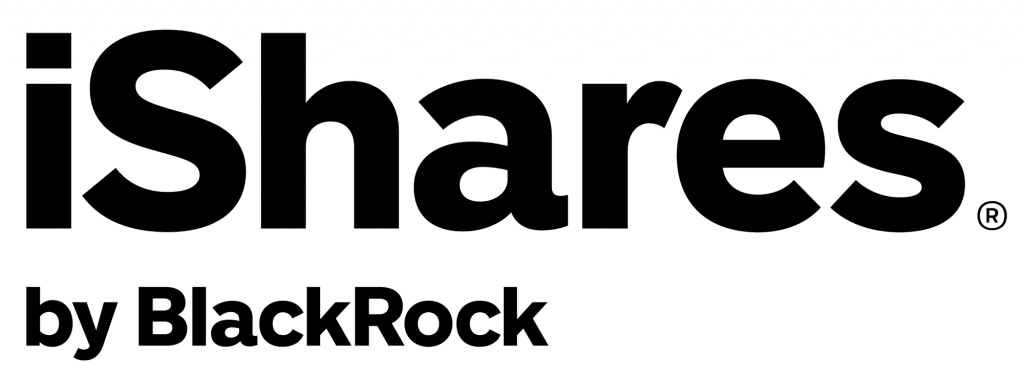
- Ticker: XFN.TO
- Inception Date: March 23, 2001
- Assets Under Management: $1.38 billion
- Management Expense Ratio: 0.61%
- Management Fee: 0.55%
- Stock Price: $46.85
- YTD Return: -0.31%
iShares S&P/TSX Capped Financials Index ETF (XFN) tracks the performance of the S&P/TSX Capped Financials Index.
XFN ETF invests in and holds securities in proportion to how they are held in the underlying index.
S&P/TSX Capped Financials Index focuses on measuring the performance of the Canadian financial sector equity securities that are in the S&P/TSX Composite Index and the relative weight of any single index constituent security is capped.
The fund offers you broader exposure to the Canadian financial services industry and comes with an MER of 0.61%.
XFN ETF’s top holding is the Royal Bank of Canada, accounting for 19.82% of its asset allocation. TD Bank comes in second, with 16.79% of its asset allocation. Bank of Nova Scotia comes in third, with 10.46% of its asset allocation.

- Ticker: CEW.TO
- Inception Date: February 06, 2008
- Assets Under Management: $208 million
- Management Expense Ratio: 0.61%
- Management Fee: 0.55%
- Stock Price: $16.35
- YTD Return: -0.46%
iShares Equal Weight Banc & Lifeco ETF (CEW) is a fund that tracks the performance of an equal-weighted portfolio of common shares of the largest Canadian banks and life insurance companies.
You can use CEW ETF to express a sector view of the broader financial services industry in Canada. The fund also seeks to provide you with investment returns through regular monthly dividend income.
The fund focuses on allocating its assets under management to financial sector stocks that pay regular dividends. It does not invest in and hold its constituent securities based on their respective market capitalizations. CEW ETF comes with an MER of 0.61%.
The fund’s top holding is IA Financial Inc., accounting for 10.50% of its asset allocation. Canadian Imperial Bank of Commerce stock comes in second, accounting for 10.14% of its asset allocation. National Bank of Canada is its third-largest holding, with 10.07% of its asset allocation.

- Ticker: FIE.TO
- Inception Date: April 16, 2010
- Assets Under Management: $916 million
- Management Expense Ratio: 0.81%
- Management Fee: 0.65%
- Stock Price: $6.84
- YTD Return: 1.81%
iShares Canadian Financial Monthly Income ETF (FIE) is a fund that seeks to provide you with investment returns by maximizing the potential total returns and offering you a stable stream of monthly cash distributions.
FIE ETF is an actively managed fund that does not track or attempt to outperform an underlying index.
It means that the fund is more expensive to own, and it comes with an MER of 0.82%, making it the costliest ETF in this guide to the best Canadian financial ETFs.
FIE ETF boasts a diversified portfolio consisting primarily of common shares, preferred shares, corporate bonds, and income trust units of Canadian financial sector issuers.
Investing in FIE ETF offers you the opportunity to generate regular monthly income through the distributions of constituent securities. FIE ETF is a fund of funds that invests in other ETFs to achieve its investment goals.
FIE ETF’s top holding is BlackRock iShares CPD ETF, accounting for 20.28% of its asset allocation. iShares XCB ETF comes in second, accounting for 10.51% of its asset allocation. CIBC stock is its third-largest holding, with 8.55% of its asset allocation.
8. RBC US Banks Yield (CAD Hedged) Index ETF (RUBH) – US Financial ETF Canada

- Ticker: RUBH.TO
- Inception Date: May 15, 2018
- Assets Under Management: $8.14 million
- Management Expense Ratio: 0.32%
- Management Fee: 0.29%
- Stock Price: $15.5
- YTD Return: 0.13%
RBC US Banks Yield (CAD Hedged) Index ETF (RUBH) is a fund that replicates the Solactive US Banks Yield NTR Index hedged to the Canadian dollar.
The hedge minimizes your exposure to the risks of currency fluctuations between the US dollar and the Canadian dollar.
RBUH ETF offers you the opportunity to diversify your portfolio by offering you exposure to the US banking sector by investing and holding US-listed stocks in proportion to how they are held in the underlying index.
The Solactive US Banks Yield NTR Index is intended to track the price movement of the 21 largest banks in the US.
Some of the fund’s top holdings include Fifth Third Bancorp., accounting for 7.2% of its asset allocation, Comerica Inc, accounting for 7.1% of its asset allocation, and JP Morgan Chase and Co, accounting for 7.1% of its asset allocation.
RBC RUBH ETF is a relatively higher-cost fund with an MER of 0.32%,
How To Buy The Best Canadian Financial ETFs In Canada
The cheapest way to buy ETFs is from discount brokers. My top choices in Canada are:
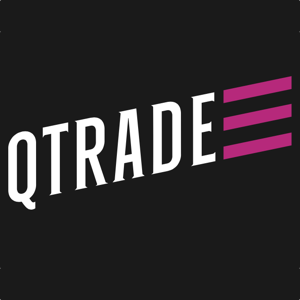
- 105 commission-free ETFs to buy and sell
- Excellent customer service
- Top-notch market research tools
- Easy-to-use and stable platform

- Stock and ETF buys and sells have $0 trading fees
- Desktop and mobile trading
- Reputable fintech company
- Fractional shares available
To learn more, check out my full breakdown of the best trading platforms in Canada.
Conclusion
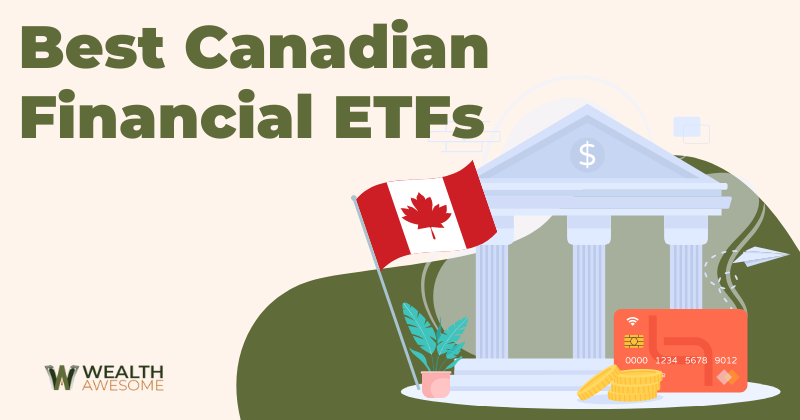
ETFs have become extremely popular in recent years, providing Canadian investors with an easier method to invest in a diversified group of securities to mitigate capital risk and offer the convenience of hands-off investing at a low cost.
My breakdown of the best Canadian financial ETFs covers a broad range of equity securities in the broader financial sector.
However, if you are an investor interested in narrowing your focus on Canadian banking stocks, check out my breakdown of the best Canadian bank ETFs in Canada to view a list of financial ETFs that focus on the banking industry.
If you want to go the route of a self-directed investor and curate a portfolio of financial stocks by picking the top Canadian bank stocks, check out my guide to the best Canadian bank stocks for stability and dividends.





